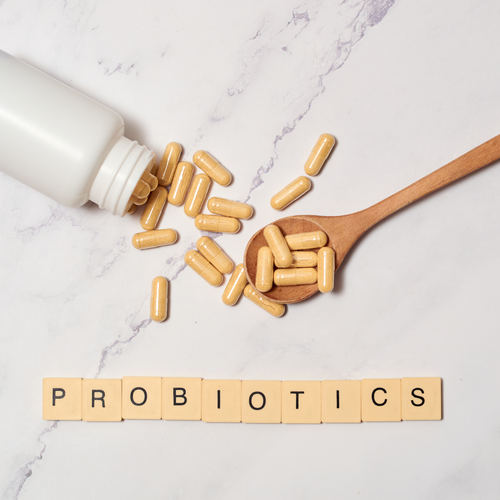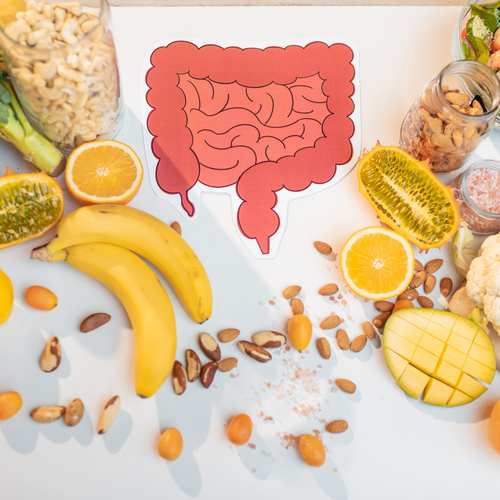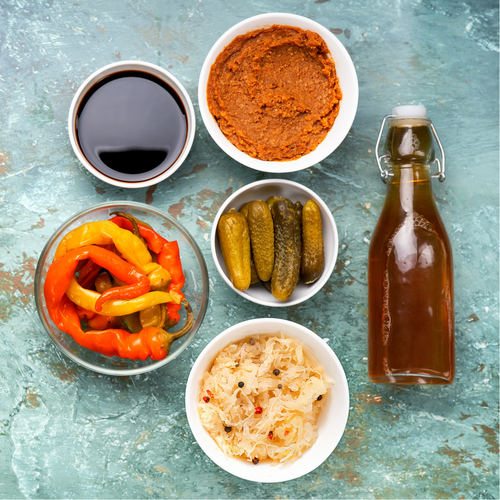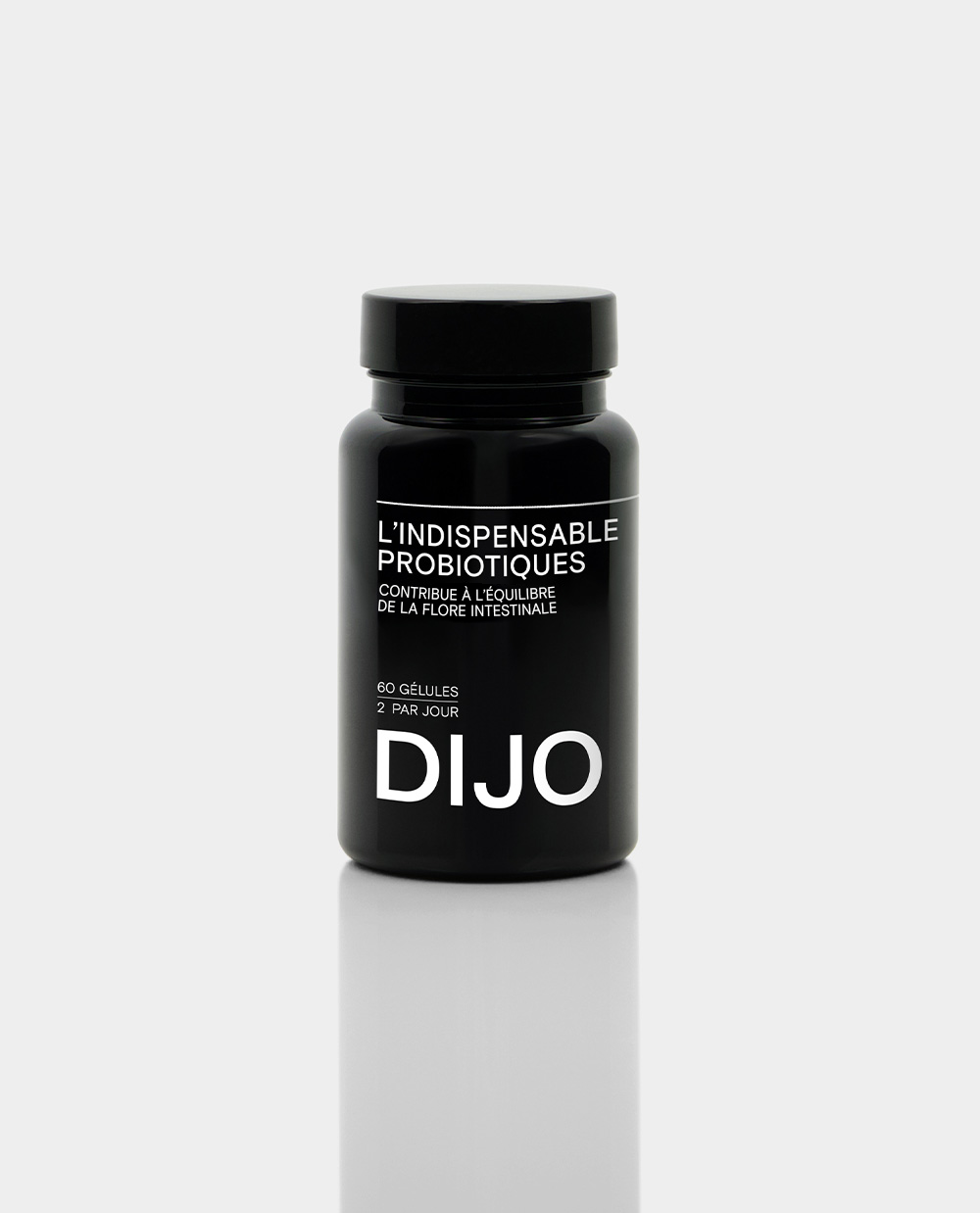
Taking medication: what effects on intestinal flora?
Find out how certain medications (antibiotics, NSAIDs, etc.) can unbalance your intestinal flora, and our advice for supporting it naturally.

How to choose the right probiotics?
Discover the essential criteria to know (formulation, concentration, manufacturing, regulations, etc.) for an informed and responsible choice.

The role of the intestinal microbiota in digestion and immunity
Discover the key role of the gut microbiota in digestion, immunity, and overall health. Maintaining its balance is essential.

How to deflate your stomach after a meal?
Bloated stomach after meals? Discover the causes and 7 simple steps to relieve bloating and restore lasting digestive comfort.

How to improve your microbiota naturally?
Discover how to nourish, protect and balance your microbiota through simple actions and an adapted diet and lifestyle.

Impacts of antibiotics on the intestinal microbiota
Find out how antibiotics impact the intestinal microbiota and what actions you can take to preserve your digestive flora.

Stools: Why have my stools changed color?
Monitoring the color of your stools and these variations is essential for detecting certain digestive disorders or simply for adjusting your lifestyle.

Why and how to rebalance your intestinal flora?
Fatigue, digestive problems, weak immunity... What if it's your gut microbiota? Causes, signs, and tips for restoring balance.

Slimming gummies and DIJO: beware of scams and false advertising
Beware of fake DIJO ads! We'll explain why we don't make gummies and what we really think about weight loss.

Top 10 Foods Rich in Probiotics
Discover 10 fermented and natural foods rich in probiotics, your allies to contribute to the balance of your intestinal flora on a daily basis.

At what age does menopause occur? Everything you need to know about this key stage
Learn to recognize the signs of menopause, the possible causes of its occurrence and the keys to getting through this period serenely.

Taking medication: what effects on intestinal flora?
Find out how certain medications (antibiotics, NSAIDs, etc.) can unbalance your intestinal flora, and our advice for supporting it naturally.

How to choose the right probiotics?
Discover the essential criteria to know (formulation, concentration, manufacturing, regulations, etc.) for an informed and responsible choice.

The role of the intestinal microbiota in digestion and immunity
Discover the key role of the gut microbiota in digestion, immunity, and overall health. Maintaining its balance is essential.

How to deflate your stomach after a meal?
Bloated stomach after meals? Discover the causes and 7 simple steps to relieve bloating and restore lasting digestive comfort.

How to improve your microbiota naturally?
Discover how to nourish, protect and balance your microbiota through simple actions and an adapted diet and lifestyle.

Impacts of antibiotics on the intestinal microbiota
Find out how antibiotics impact the intestinal microbiota and what actions you can take to preserve your digestive flora.

Stools: Why have my stools changed color?
Monitoring the color of your stools and these variations is essential for detecting certain digestive disorders or simply for adjusting your lifestyle.

Why and how to rebalance your intestinal flora?
Fatigue, digestive problems, weak immunity... What if it's your gut microbiota? Causes, signs, and tips for restoring balance.

Slimming gummies and DIJO: beware of scams and false advertising
Beware of fake DIJO ads! We'll explain why we don't make gummies and what we really think about weight loss.
Probiotics are defined as: “live microorganisms which, when ingested in sufficient quantities, exert positive effects on the health of the host” according to the World Health Organization*
*Report of a Joint FAO/WHO Expert Consultation on Evaluation of Health and Nutritional Properties of Probiotics in Food Including Powder Milk with Live Lactic Acid Bacteria (October 2001) , WHO.










